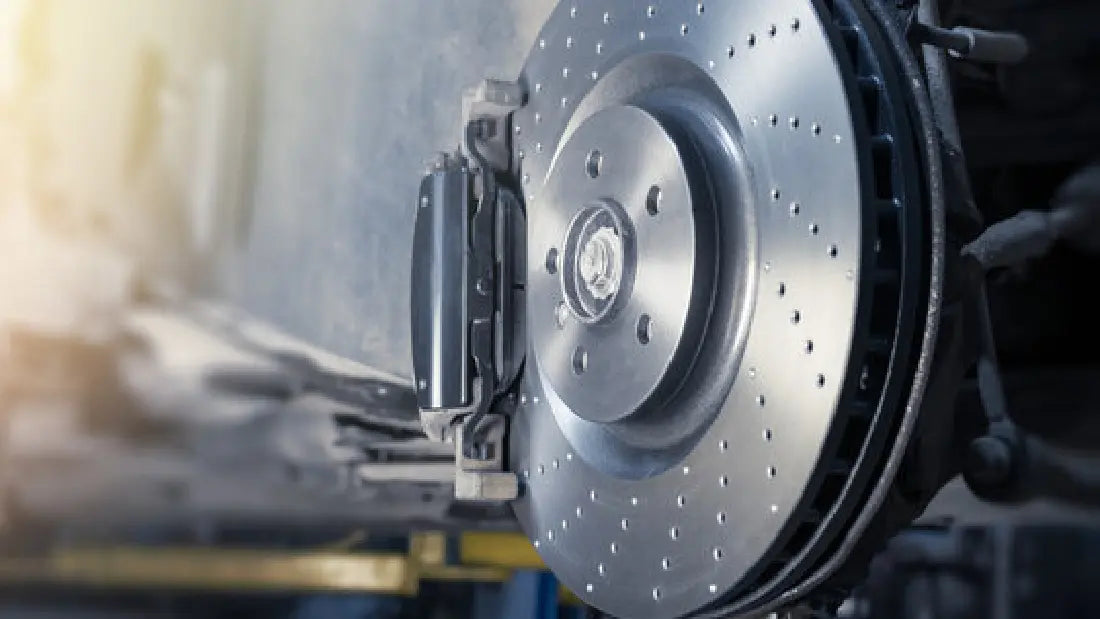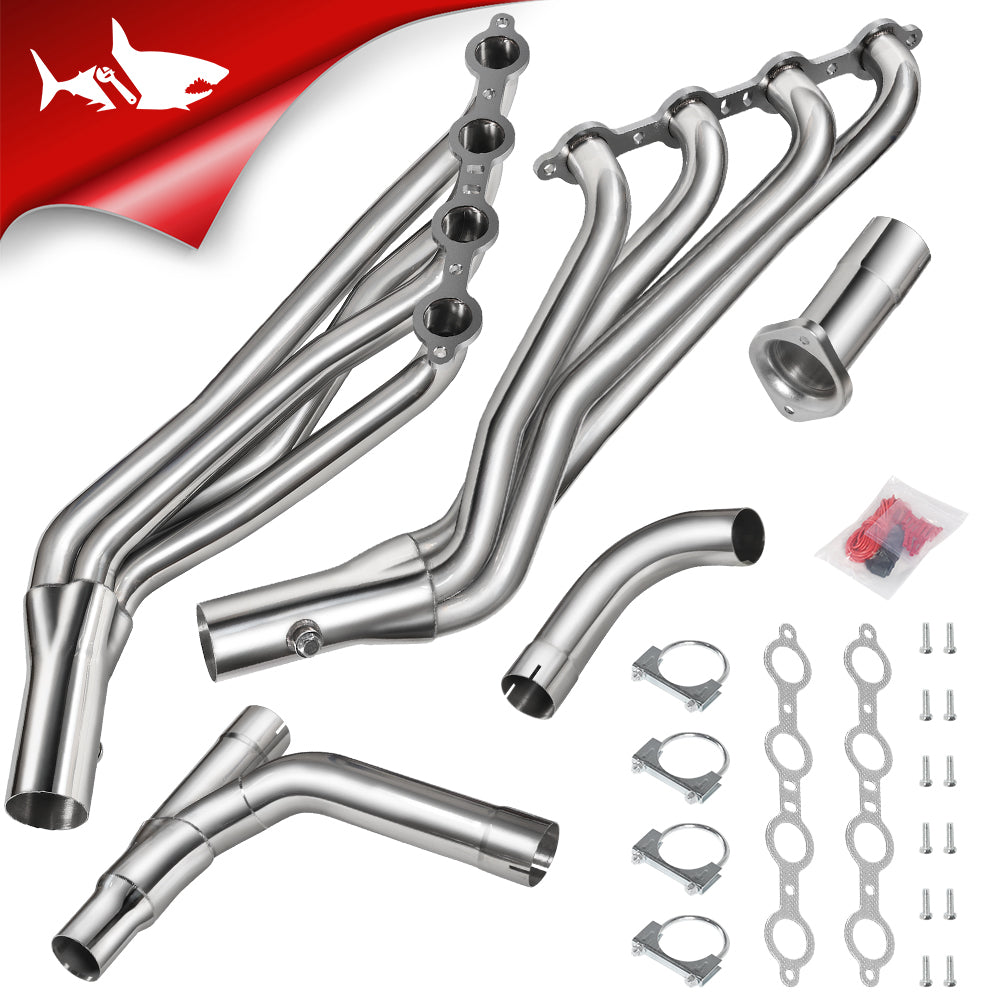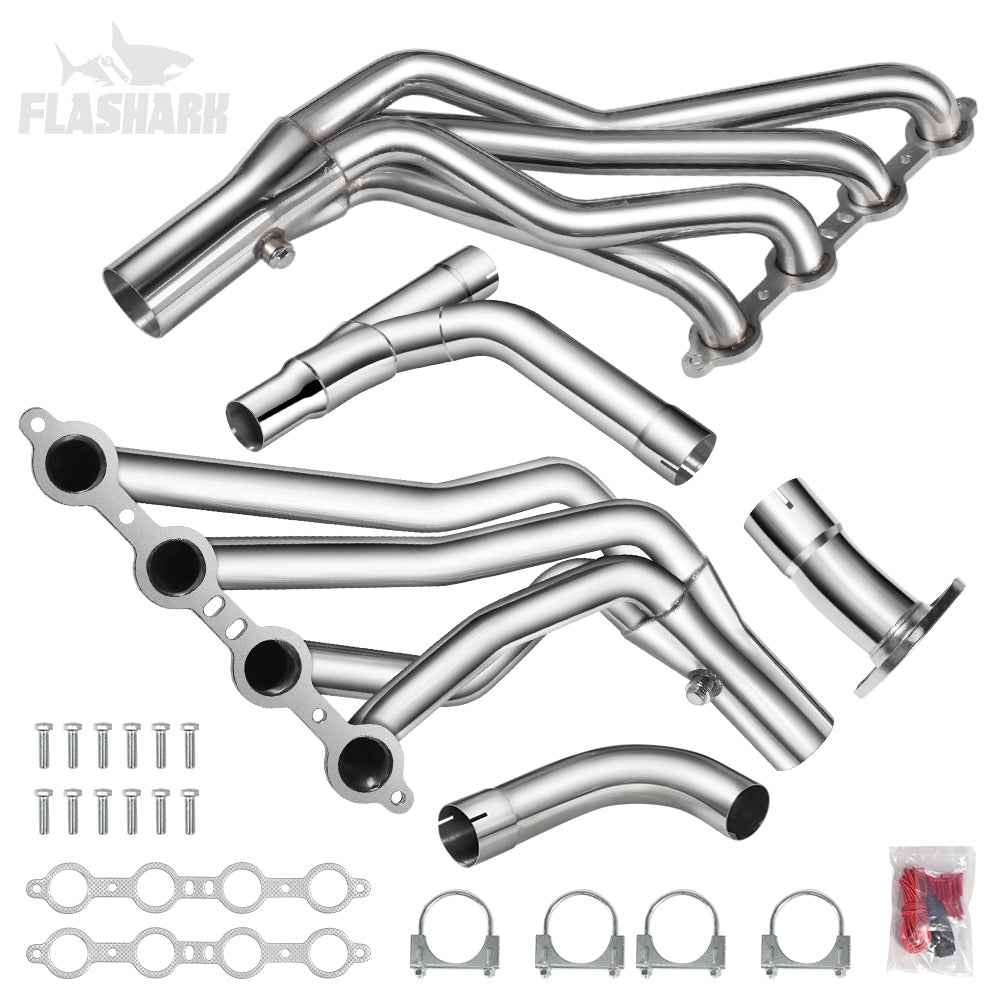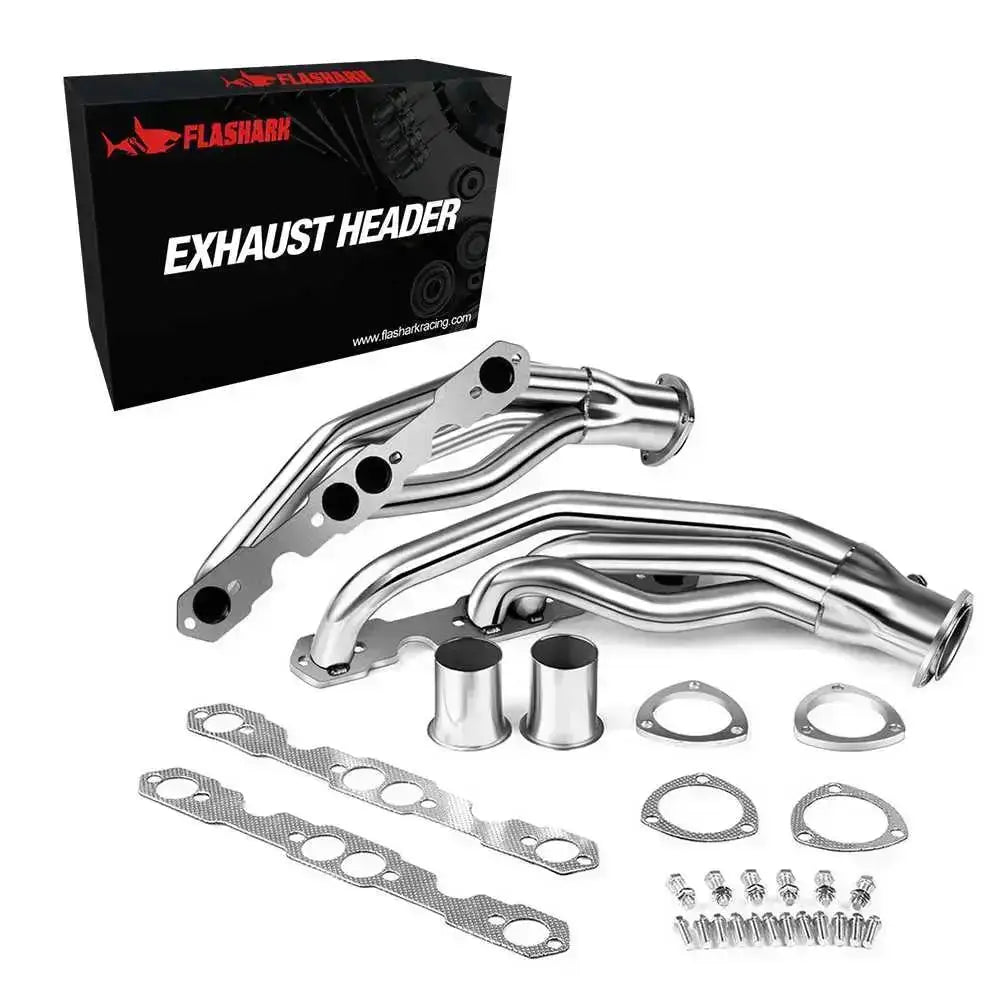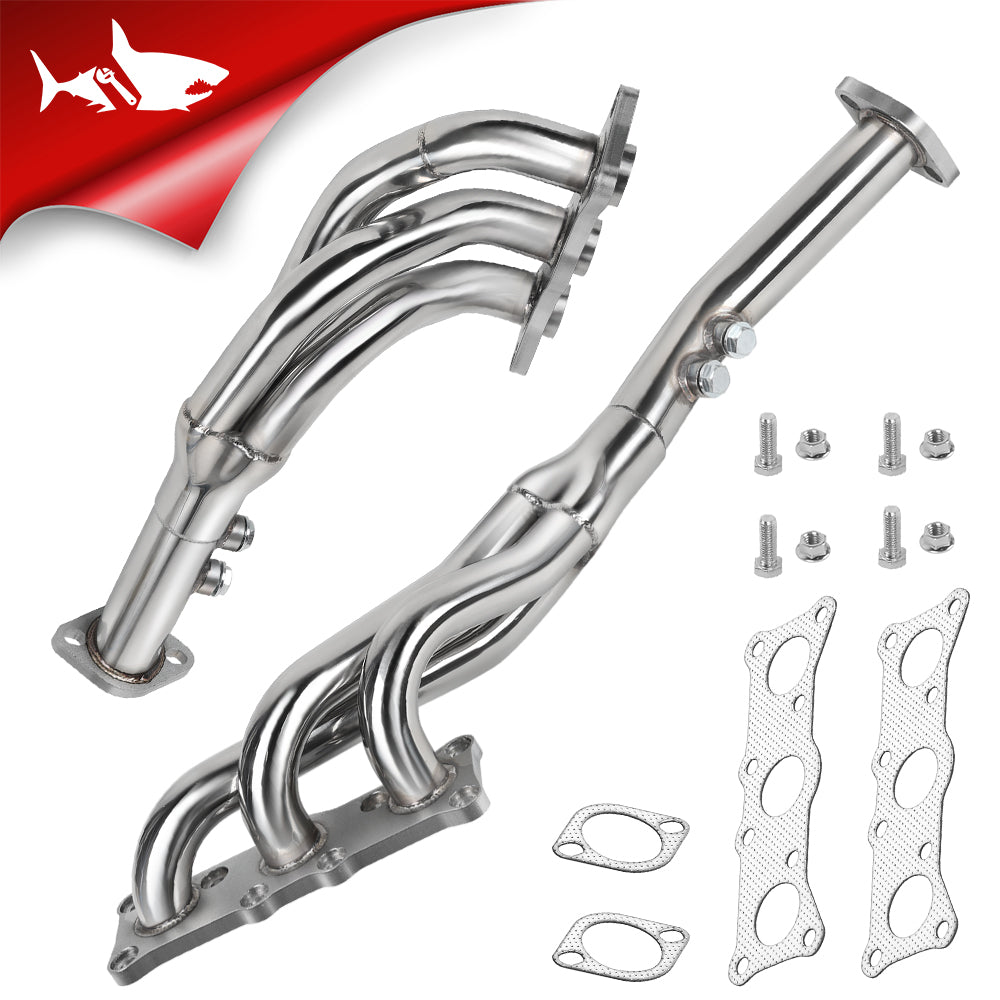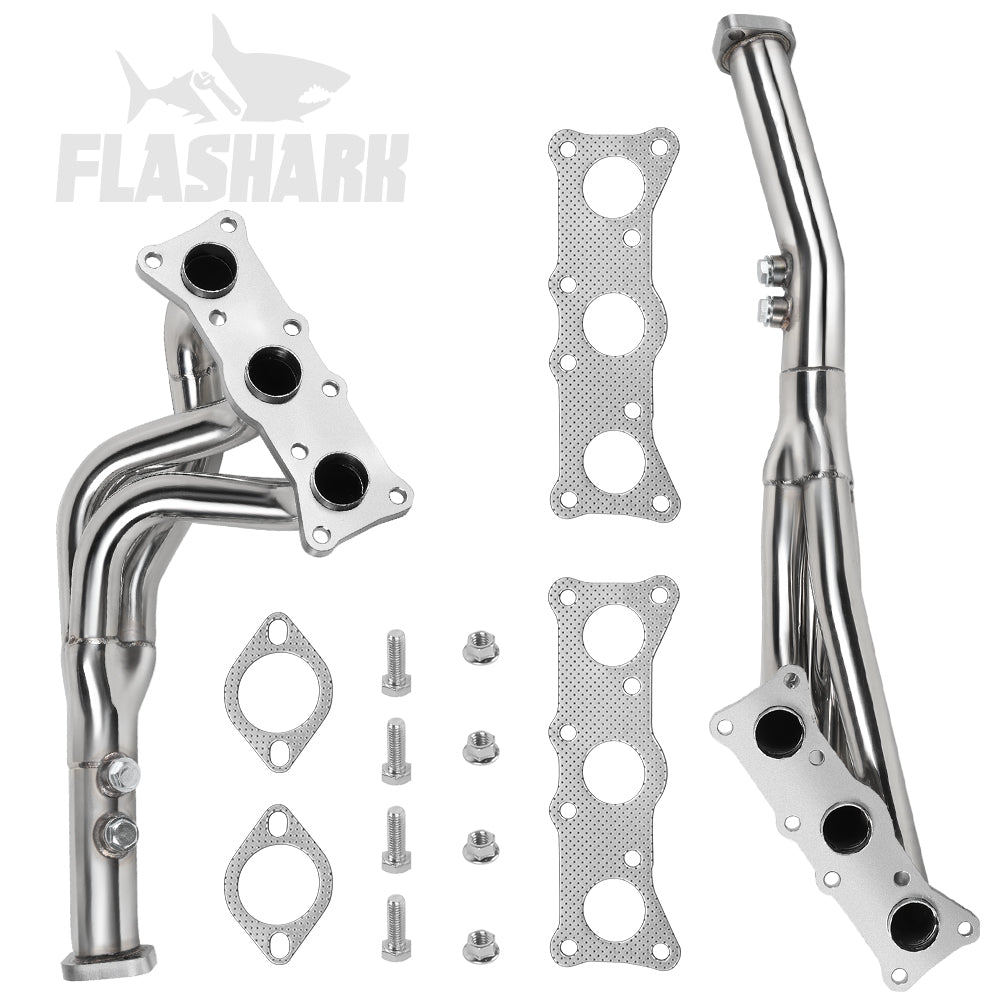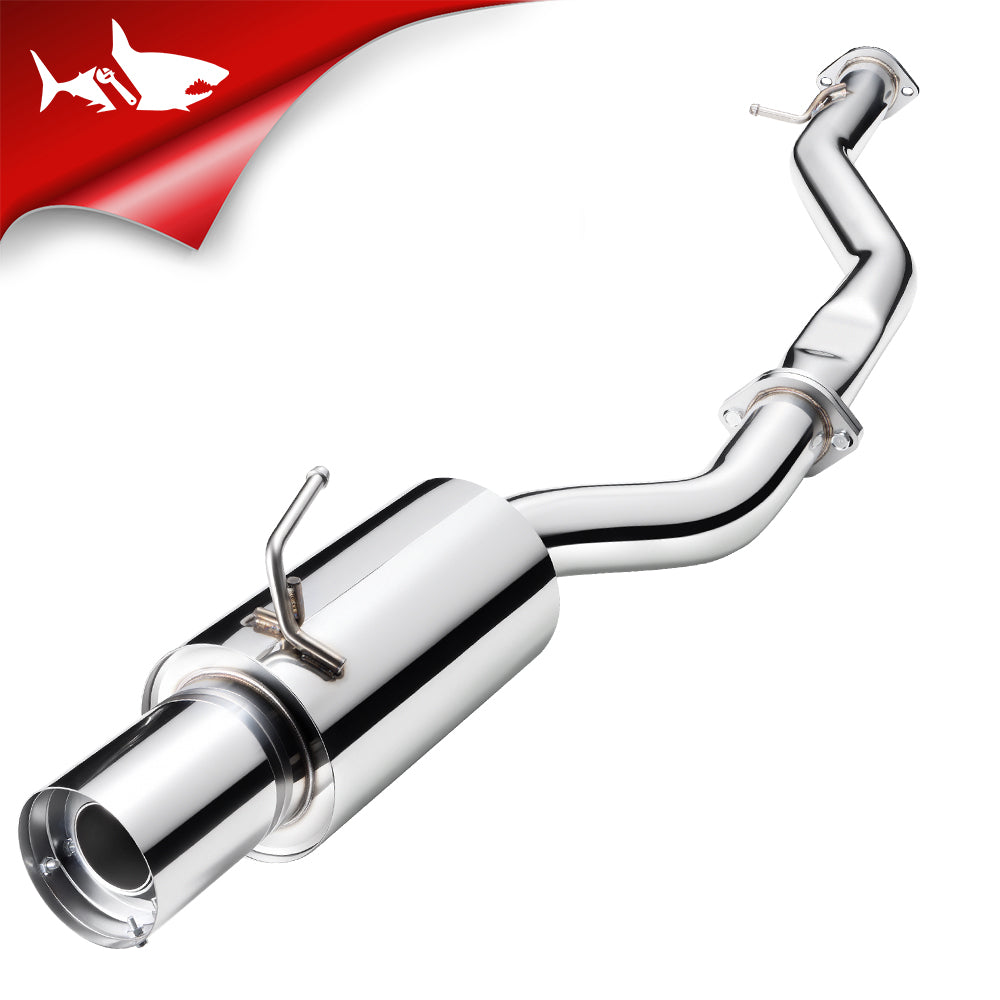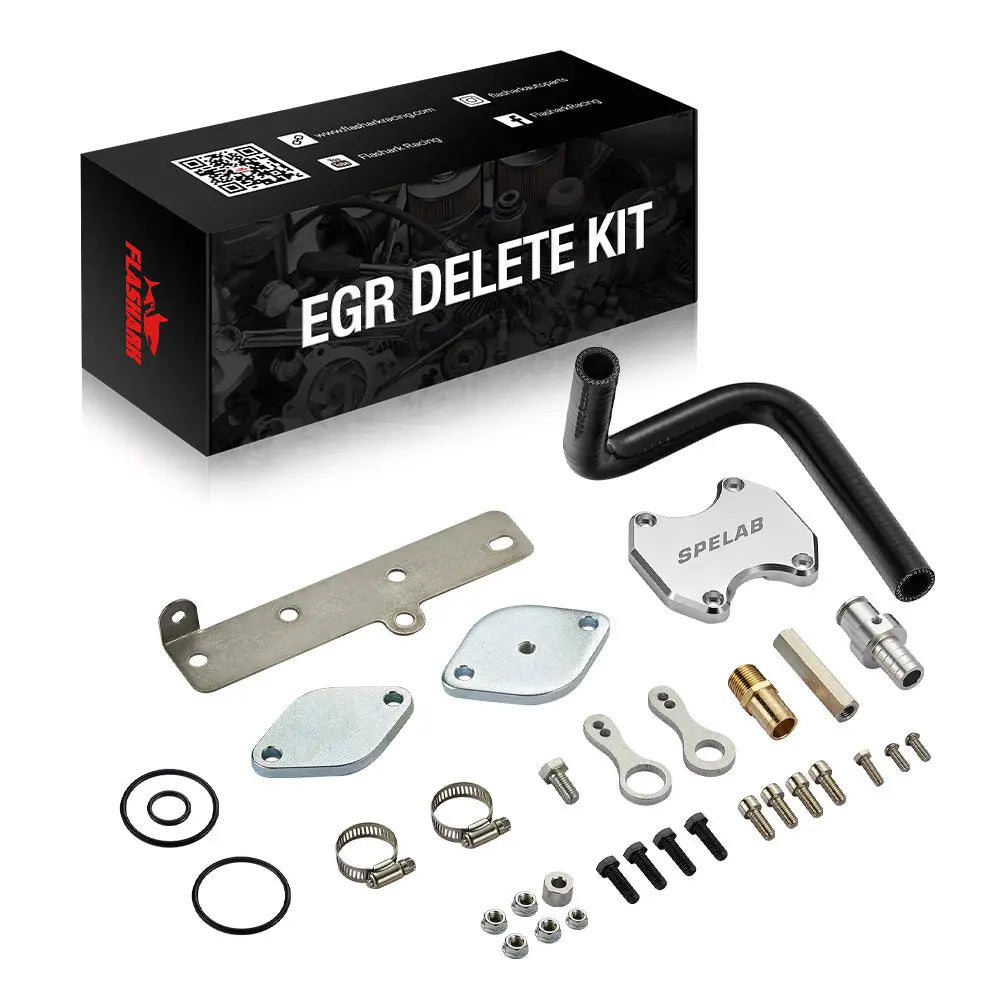Every time you tap the brake pedal and your car gracefully comes to a halt, you owe a debt of gratitude to a seemingly unassuming duo: the disc brake rotors and pads. These unassuming components play a crucial role in ensuring not only your safety but also the smooth operation of your vehicle. In this exploration, we delve into the intricate mechanics behind disc brake systems, shedding light on the vital functions of disc brake rotors and pads.
Disc Brake Basics
Disc brakes, a staple of modern automotive engineering, provide a reliable and efficient means of stopping vehicles. The fundamental principle at play here is the conversion of kinetic energy into heat energy. When you engage the brake pedal, a complex interaction occurs between the disc brake rotors and pads, resulting in the transformation of motion into controlled deceleration.
The Symphony of Forces
The operation of disc brakes is rooted in the laws of physics, orchestrating a symphony of forces to bring a moving vehicle to a controlled stop. When you press the brake pedal, you set off a chain reaction that begins with hydraulic fluid traveling through brake lines. This fluid exerts pressure on the brake caliper, a component that houses the all-important brake pads.
As the brake caliper receives hydraulic pressure, it responds by squeezing the brake pads against the rotating disc brake rotor. This seemingly simple action initiates a complex process of friction and energy conversion. The kinetic energy possessed by the moving vehicle is gradually transformed into heat energy, dissipated into the surrounding air.

Taming the Heat
One of the greatest challenges in designing disc brake systems is managing the intense heat generated during braking. The friction between the brake pads and the rotor can lead to temperatures that would cause ordinary materials to fail. To address this, engineers have developed ingenious solutions.
Disc brake rotors are not mere solid metal discs; they are meticulously designed heat sinks. Ventilation patterns, slots, and drilled holes adorn their surfaces, serving a dual purpose. Firstly, these features enhance the rotor's ability to dissipate heat, preventing dangerous overheating that could compromise braking efficiency. Secondly, they minimize the buildup of gases and debris between the pads and rotor, ensuring consistent contact and reliable braking performance.
The Balancing Act
While the conversion of kinetic energy into heat energy is essential for stopping a vehicle, achieving this balance is crucial. If the braking force is too weak, stopping distances become dangerously long. Conversely, excessive braking force can lead to rapid pad and rotor wear, diminishing performance and increasing maintenance frequency.
To strike this delicate balance, modern vehicles are equipped with anti-lock braking systems (ABS) and electronic brake-force distribution (EBD) systems. These systems monitor individual wheel speeds and modulate brake pressure to prevent wheel lock-up and skidding. By doing so, they maximize the braking force applied to each wheel while maintaining optimal control, even on slippery surfaces.

Disc Brake Rotors: The Unsung Heroes
The disc brake rotor, often referred to as the brake disc, is a flat, circular metal plate that attaches to the wheel hub. It's the component that bears the brunt of the frictional forces needed to slow down your vehicle. Made from materials like cast iron, carbon composites, or even reinforced ceramics, these rotors are designed for heat dissipation, durability, and consistent performance.
As you apply the brakes, the brake pads are squeezed against the spinning rotor's surface. This contact generates immense heat due to friction, which, if not managed properly, could lead to reduced braking efficiency or even brake fade. Here's where the disc brake rotor's design comes into play. Ventilation patterns, slots, and drilled holes are strategically placed to aid in heat dissipation, preventing overheating and maintaining consistent braking performance.
Brake Pads: The Frictional Partners
In the world of disc brake systems, brake pads are the essential companions to rotors. These pads are constructed using a combination of friction materials, such as semi-metallic compounds, ceramics, or organic materials, each offering unique properties. As the brake pedal is engaged, hydraulic pressure forces the brake pads to clamp down on the rotating rotor, creating friction that converts kinetic energy into heat.
The intense friction generated between the brake pads and rotors is a double-edged sword. On one hand, it's essential for rapid deceleration; on the other, it can cause wear and tear. To counter this, brake pads are engineered to be sacrificial components – designed to wear down over time, minimizing rotor wear and optimizing performance. Modern brake pads are also equipped with wear indicators, alerting drivers when it's time for replacement.

Performance and Innovation
Advancements in material science and engineering have led to the development of high-performance brake components. Carbon-ceramic brake rotors, for instance, provide exceptional heat resistance and reduced weight, making them popular in high-performance and luxury vehicles. Moreover, specialized brake pad compounds are tailored to specific driving conditions, ensuring optimal braking performance in diverse environments.
Conclusion
In the intricate dance of stopping your vehicle, disc brake rotors and pads – play a pivotal role. Through the artful application of friction, heat management, and innovative engineering, these components ensure your safety, driving pleasure, and the harmonious interaction between man and machine. So, the next time you hit the brakes, take a moment to appreciate the remarkable science at work behind this essential automotive mechanism.

